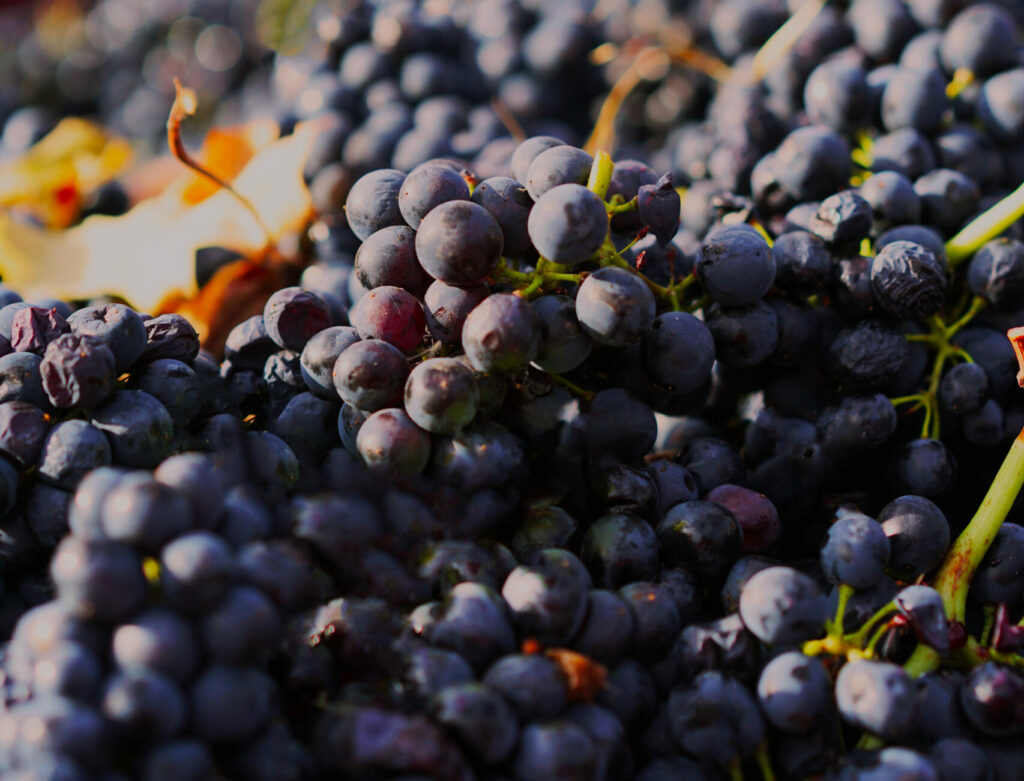
A few days ago, the Laboratoire Natoli published the assessment of the 2023 harvest. In a few words, experts describe this harvest as “a vintage with multiple faces, promising wines.” Below is a summary of this report.
The assessment of the 2023 harvest proves to be mixed: positive in terms of quality for some of our partner winemakers, but with a marked difference in volumes, especially for the driest and non-irrigated areas. Although no meteorological catastrophe occurred, low rainfall and scorching temperatures had significant repercussions on grape production.
One striking figure summarizes this: an average decrease in production estimated at 15% compared to the previous year. This estimate can even double in non-irrigated areas of the Biterrois region.
Let’s go back to the characteristics of the 2023 vintage.
Budding in cool and dry conditions
Firstly, at the end of 2022, despite some soil water reserves in some areas, there was a marked winter rainfall deficit. Consequently, the beginning of the season was sluggish, somewhat hesitant, with temperatures cooler than usual. Vegetative growth, far from explosive, even lagged in the driest sectors. Vines irrigated early in the season developed more rapidly, and these early inputs were truly beneficial. The arrival of rain in the East, but little in the West
These disparities between the east and west persisted into late spring. Indeed, storms occurred in the east. These rains, combined with rising temperatures, especially in June, prompted winemakers to control the appearance of downy mildew.
In contrast, on the Hérault coast, spring was quite dry, causing strong water stress even before the beginning of summer. The outcome was the reemergence of bonsai vines in the hillside plots of Hérault, vines that experienced limited growth due to water scarcity.
A less hot early summer, but a late cycle under heat
Until mid-August, the summer of 2023 was not marked by heat. It was at this point that high temperatures accelerated sugar loading on early ripening grape varieties, leading to a delayed start to harvesting. This climate continued to persist, causing berry withering and leaf drying. This heatwave played a significant role in the decline in harvest volumes.
Disparities in harvest between East and West
In September, temperatures continued to be high. Some stormy episodes were observed. Harvesting was early, especially for a large part of the western region. Maturation was rapid, with withering mainly on early and sensitive grape varieties.
In the east, harvesting of whites and rosés began in early September. For reds, maturation came more “quietly.” Significant differences in maturity were noted, sometimes even in close geographical areas.
Whites and rosés
The first whites and rosés were harvested early because it was necessary to deal with the rise in degrees. With thick skins and low juice yields, and temperature conditions favorable to oxidation, the musts had color: golden for whites, deep for rosés. Work on colors (collages) and press separation/segmentation were key points this year. Must analyses often confirmed good nitrogen content (sometimes even high) and reasonable potassium levels. However, analytical balances often had to be corrected, especially in terms of acidity.
In more eastern areas, the more spread-out harvest well maintained aromatic brilliance (perhaps with more thiols on late varieties than on early ones). Acidities also needed monitoring, with pH levels still reasonable overall.
Red wines
In early zones and grape varieties, withering could lead to very concentrated balances in alcohol, tannins, and sometimes acidity too. Overall, on most grape varieties, technological maturities were easily and quickly reached. However, there was a caveat for Cinsaults and some Mourvèdres.
With grape profiles often pushed to the extreme this year—high sugar content, thick skins, low juice yields—the environments proved “hostile” for yeast, with difficult sugar endings, grapes releasing their sugars very late in the winemaking process, and many restarts and cap-punchings as a result. Even further east, with slower maturations, the degrees were very comfortable, and one did not completely escape the phenomenon of withering/ concentration, especially on Grenaches.
On the tasting side, a rather concentrated quality of red wines is notable, being “solar” but retaining aromatic brilliance and being fairly homogeneous. The profiles are quite colorful, with “ripe” fruit, well-typed according to grape varieties, and solid in terms of structures. Ultimately, lighter bases (Cinsault, Mourvèdre) will be welcome to give air to the whole.
To conclude…
The experts, from Laboratoire Natoli, conclude this report by defining this vintage as “complex.” At every stage, winemakers had to demonstrate technical mastery. They had to first show staying power regarding the climate and its consequences in the vineyard. Once the harvests were done, they then had to monitor, in the cellar, every step of the winemaking process. Now it’s up to the blends to define the styles and potential of these wines that will soon find their way to your tables!